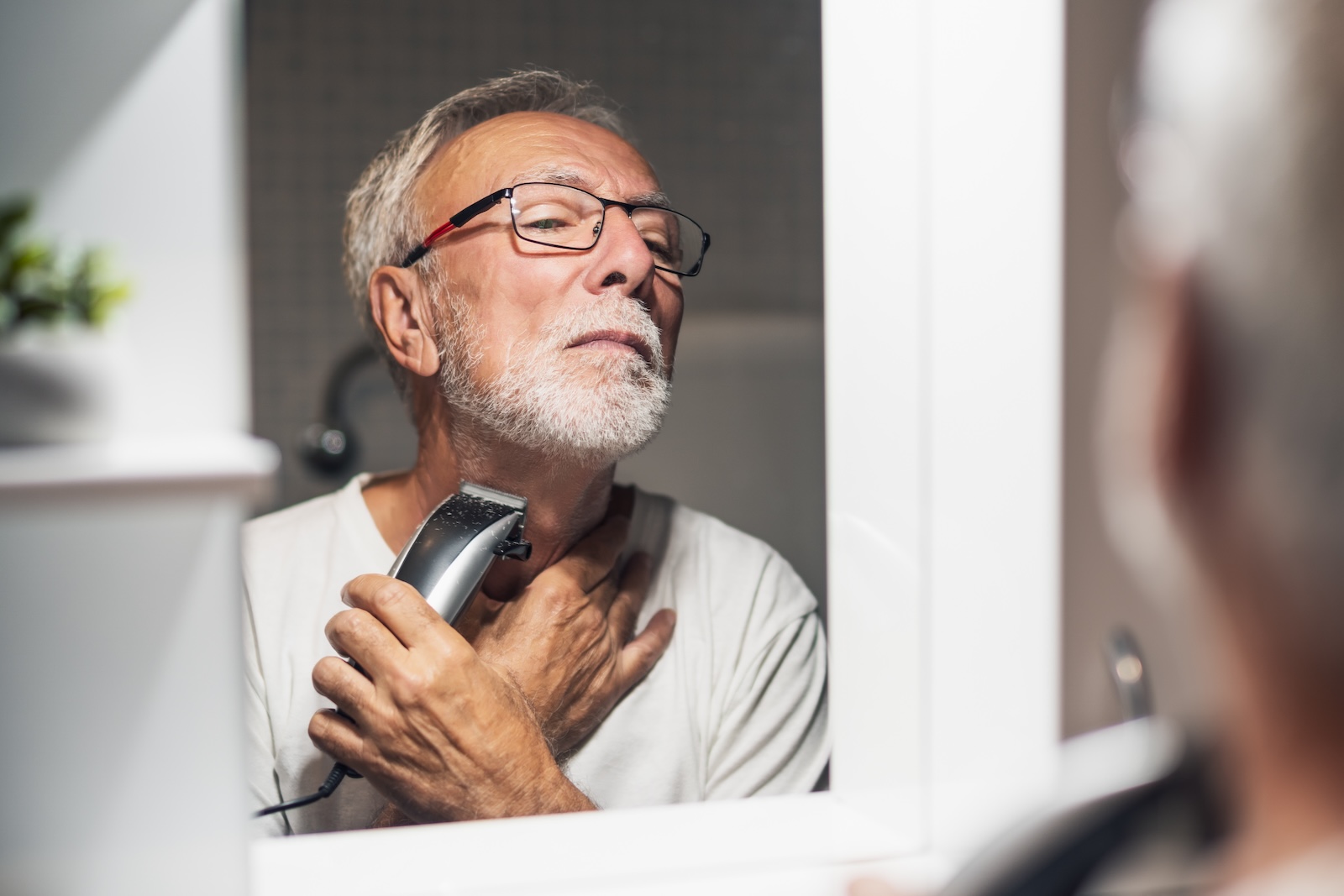Magazine
Does Stress Cause Hair Loss?
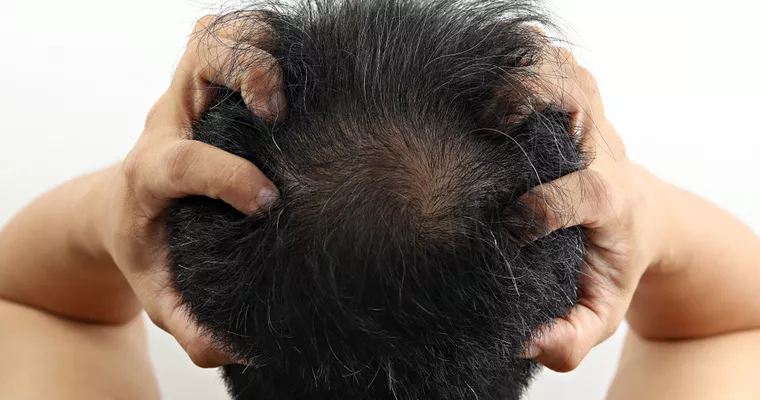
Hair growth is a layered process that consists of three stages: anagen, catagen, and telogen. Anagen is the growth stage in which the strand of hair pushes through your skin up onto the surface.
Catagen is the stage in which your hair ceases to grow, and the follicle at the base of the hair strand shrinks. Telogen is when hair falls out, and the process can begin again with new hairs growing to replace those that are lost.
There are many ways your body can experience interruptions to any one of these stages of hair growth. One of the most conspired about is stress. In a movie or television show, you have probably seen a stressed-out character pulling chunks of hair out from their heads.
Is this reality? In short, yes.
Stress can actually be a catalyst for hair loss. This may be a startling discovery since every busy, successful man is bound to experience stress from time to time. Nevertheless, hair thinning and loss can be combated, and your stress managed.
Today, Particle will explain the connection between stress and hair loss and how you can easily revive your thinning hair.
Stress and Hair Loss
Stress is a chemical reaction in your body. When experiencing it consistently for long periods of time, you may begin to observe noticeable changes to your body both internally and externally.
One of the most common physical changes presents itself as losing hair, your hair thinning, and your hair no longer growing. High-stress levels can act as the trigger for a few different conditions that can contribute to hair loss.
Alopecia Areata
Alopecia areata is a condition that occurs when your body’s immune system begins to attack your hair follicles.
Hair follicles are tunnel-shaped structures that are located in the outer layer of the skin called the epidermis. The root of the follicles consists of protein cells that are nourished by blood from blood vessels.
As more protein cells are formed, har will begin to grow up through the tunnel and out of the skin where it reaches the surface. When the hair follicles are attacked, the production of these protein cells and consequently the growth of hair are halted.
One of the few positives of alopecia areata is that it does not impact a person’s health in any other way. On occasion, it will cause your nails to become rigged or brittle or to adopt a red hue. Otherwise, the rest of your body will remain unaffected.
When first developing alopecia areata, it is common for a round bald patch to begin to develop on your scalp.
Since this condition affects hair follicles which are located on more places than solely the top of your head, you may experience hair loss on several different parts of your body including your face and armpits.
A few different causes are thought to be the cause of alopecia areata.
For example, because most people develop the condition during their teenage years and because there is a common trend of those with a blood relative with alopecia areata being more likely to develop the condition, many chalk it up to genetics.
Telogen Effluvium
Telogen effluvium is a form of hair loss that occurs following a traumatic event. This can be defined as any event that has caused a lot of stress to your body. Anything significantly stressful emotionally or physically can trigger this form of hair loss.
When you are stressed your body sends energy to areas of the body to help keep you alive like the brain and heart. Since this requires more energy than it normally does, your body will borrow the energy from other places.
Hair growth is not a necessity for life, so your body takes away energy from your hair growing. With hair being one of the fastest growing cells in the body, this will result in very fast and sudden hair loss.
The term telogen is actually the name for the resting stage of the hair growth cycle. In brief, your body’s stress response will essentially push your hair follicles into a resting phase.
About three months after the traumatic and stressful event has occurred, you will begin to observe the hair loss. Experiencing a shock to your system will cause as many as 70% of the scalp hairs to shed during this period. This will be particularly noticeable when brushing or washing your hair.
Usually, once enough time has passed following the period of extreme stress, your hair will begin to naturally fall out less and will begin to appear fuller. However, there is the option for you to consult with a dermatologist to receive a biopsy and formal diagnosis followed by a prescribed treatment plan.
Trichotillomania
Trichotillomania is a chronic mental disorder that manifests itself as irresistible hair-pulling. The exact cause is unclear but is generally believed to be a combination of environmental factors and genetics. Other disorders like anxiety and obsessive-compulsive disorder are commonly accompanied by trichotillomania.
Severely stressful situations are major triggers of trichotillomania. The irresistible urge to pull hair out of your scalp, eyebrows, eyelashes, and other areas of the body can be focused meaning that people will intentionally pull their hair as a way to relieve distress or to fulfill their intense urge.
In other instances, the hair pulling will be automatic and individuals with trichotillomania will pull their hair without even knowing that they are doing it.
There are a variety of different symptoms that can accompany trichotillomania. The most common symptoms are the sense of tension that is felt before pulling or if pulling is resisted as well as the sense of relief that is felt when you participate in the repeated pulling out of your hair from various sites on your body.
Other symptoms include having specific patterns of hair pulling, chewing on the pulled-out hair, and playing with the pulled-out hair.
The severity of a person’s trichotillomania ranges widely. For some the condition is manageable while for others it is overwhelming. Intense and consistent hair-pulling can result in visible hair loss. There may be bald spots on the scalp, your hair may be noticeably thinner, and your eyelashes and eyebrows can be sparse.
After being professionally diagnosed, you may be offered medications or therapy to help manage the condition.
Strengthen Your Scalp With Particle Hair Revival Kit
Regardless of what is causing your hair loss, if you are currently struggling, there are ways for you to strengthen and revive your hair.
We recommend using the Particle Hair Revival Kit. The kit is designed to restore your thick, young, and healthy hair. This kit includes a Hair & Scalp Cream and Scalp Massager that is specifically engineered for men experiencing thinning or loss of hair.
The Hair & Scalp Cream is a potent fusion of nine clinically proven ingredients that energize the scalp, stimulate hair regrowth, and toughen hair follicles.
Capixyl
The first ingredient is capixyl, an innovative peptide capable of preventing hair loss and improving hair growth. Additionally, it reduces thinning, as well as nourishes and fortifies hair.
Biotin
Biotin is an essential vitamin that improves hair health and stimulates keratin production in hair.
Melitane
Another ingredient is melitane, which protects hair from harmful ultraviolet rays and improves hair pigmentation.
Niacinamide
The niacinamide in the cream improves the health of your hair follicles and reduces scalp patches and irritation.
Jojoba oil
Jojoba oil is rich in vitamins and minerals that nourish the hair, prevent hair loss, and promote hair thickness.
Vitamin A & E
Vitamin E supports a healthy scalp with antioxidants and reduces free radicals that can cause hair follicle breakage.
This is not the only vitamin in the cream. Our formula also contains vitamin A, which helps your skin glands maintain your hair’s health and helps your scalp skin maintain hydration.
Hemp Oil
Another beneficial ingredient is hemp oil which includes fatty acids that help to maximize hair growth and is rich in antioxidants that nourish the hair.
Allantoin
Finally, allantoin improves hair softness and elasticity and allows the scalp and hair to hold on to much-needed moisture.
Scalp Massager
The Scalp Massager accompanies the Hair & Scalp Cream. This silicone massaging tool allows the scalp to absorb all of the aforementioned active ingredients.
After washing your hair, dispense a marble-sized amount of cream onto your fingers and apply it to your scalp. Do this once every three days and use the Particle Scalp Massager to rub the cream into your scalp in a circular motion for approximately 30-60 seconds.
Most men report seeing a difference in their hair thickness within two to four weeks.
Conclusion
In conclusion, stress is natural and — unfortunately — accompanying hair loss can be too. Discovering the cause of stress-related hair loss you may be struggling with can be useful for selecting the right treatment plan. In the meantime, going out of your way to strengthen and revive your hair can be sufficient for bringing your hair back to health.
Sources
Telogen Effluvium Hair Loss | American Osteopathic College of Dermatology (AOCD)
Hair loss types: Alopecia areata overview | AAD
Trichotillomania (hair-pulling disorder) – Symptoms and causes | Mayo Clinic

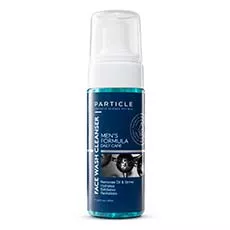

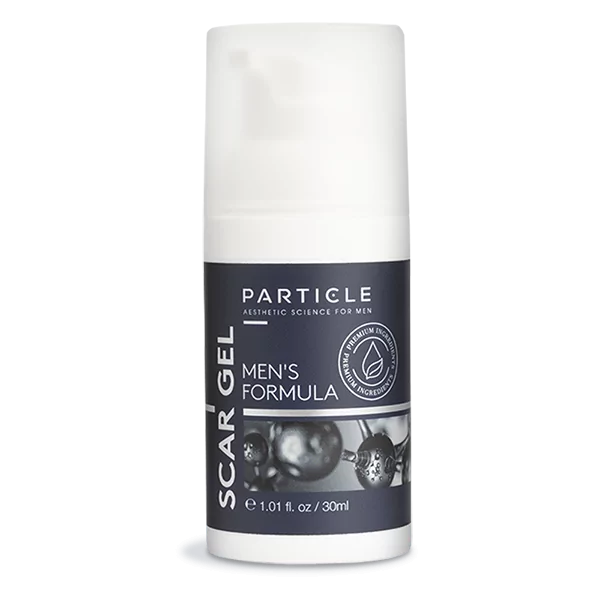



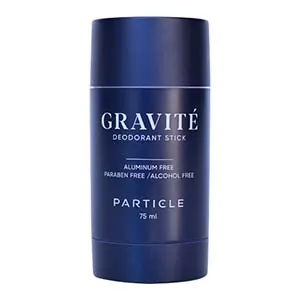



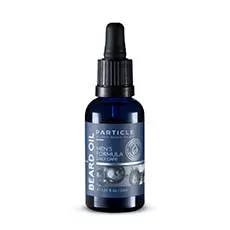
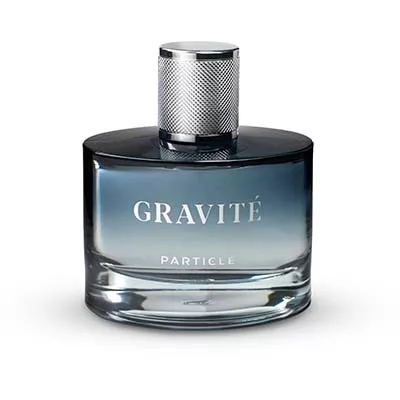

 gb
gb














